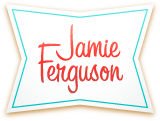Formalized curiosity
I love this quote by Zora Neale Hurston: “Research is formalized curiosity. It is poking and prying with a purpose.” Researching is one of the most enjoyable things about writing for me, but it’s also one of the most dangerous. It doesn’t sound dangerous, does it? Who wouldn’t want to research how mail order brides…
